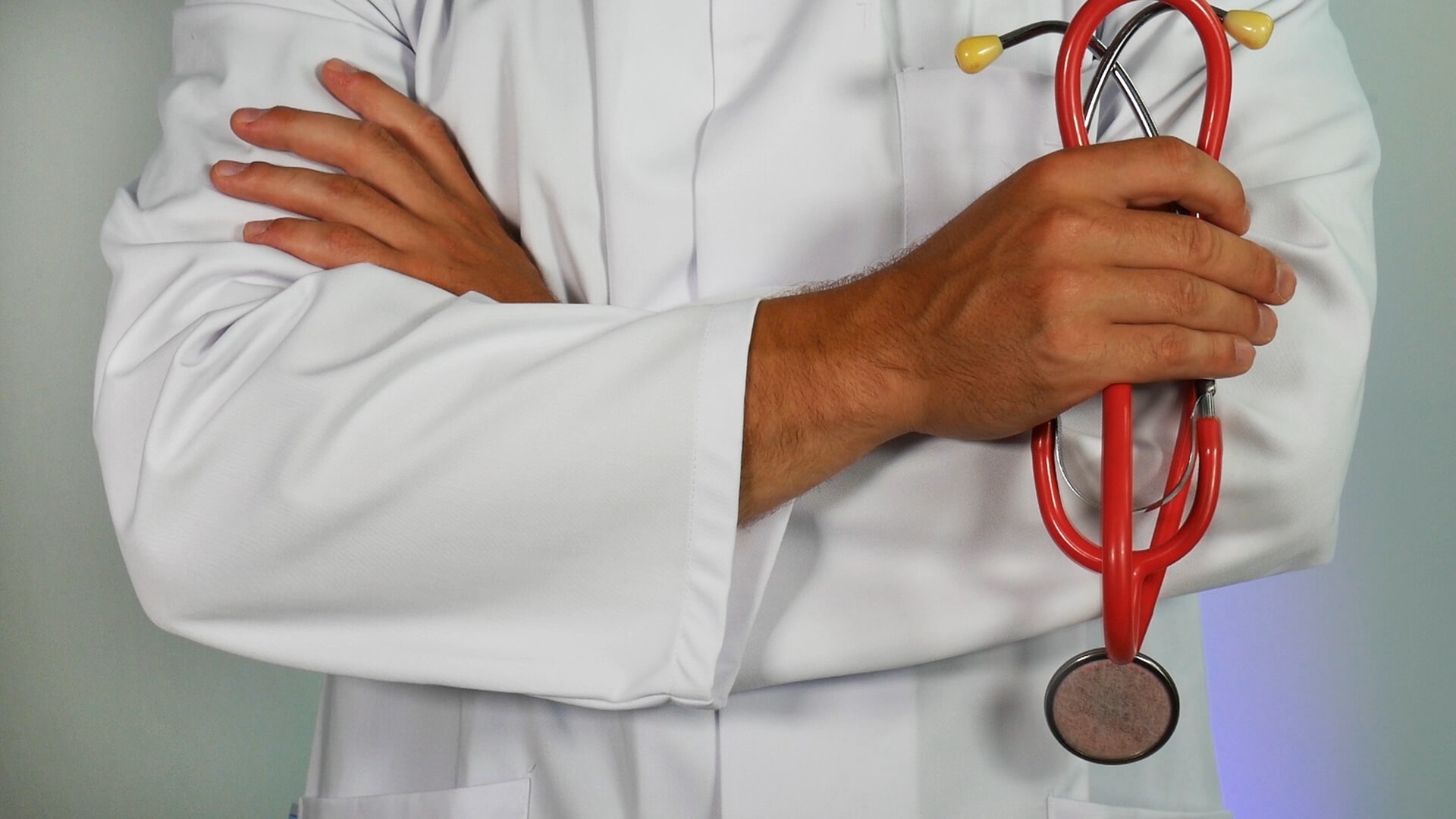Ways That Technology Is Improving Diagnostics in Healthcare
Healthcare continues to improve as doctors, scientists, and other medical professionals develop better testing and treatment options for patients.
Author:Karan EmeryReviewer:James PierceApr 26, 202223.8K Shares852.8K Views

Healthcare continues to improve as doctors, scientists, and other medical professionals develop better testing and treatment options for patients. Once incurable diseases can now be treated with procedures that transform people’s lives because of the health they gain. While technology is making strides in communication, data, and even security, more important applications are in the healthcare field.
Having effective diagnoses ensures that patients don’t get the wrong treatments. Faster diagnoses mean they get treated sooner, leading to better long-term outcomes. It’s the technology that’s paving the way for faster and more accurate diagnostics in healthcare. Here are some of the ways that technology enables medical professionals and scientists to make better diagnoses and treat their patients more effectively.
Leveraging Single Cell Dispensers
Single cell dispensersallow you to isolate individual cells. This technology is critical in evaluating each cell for abnormalities, detecting cancer more efficiently, and even finding the source of infectious disease. By being able to assess an individual’s health down to the single cell, you can more effectively determine the cause of an illness, how widespread it is, and how to treat it more effectively. Damaged cellular buildup means that the body is not doing what it needs. There are specific pathways that can be opened to help the body do a better job at removing damaged cells and these dispensers help practitioners make treatment decisions.
The Rise Of CRISPR Technology
Gene editing used to be a tedious, long, and laborious task. This meant that gene therapies were very expensive, difficult to do, and weren’t very accurate. With the rise of CRISPR technology, the landscape for developing effective genetic therapies is changing. Leveraging this technology helps medical professionals and scientists isolate offending genes and then create solutions for them.
People are getting treatments for previously untreatable diseases like blood disorders such as sickle cell anemia, curing HIV, and even neurological diseases like muscular dystrophy. This technology is changing people’s lives and the ways that people are diagnosed. No longer are these illnesses a lifelong sentence, instead, there are cures that help people live vibrant and healthy lives.
Brings Healthcare Home
More than a century ago, doctors routinely did home visits where they would diagnose disease and prescribe treatments and modalities from the comfort of home. As doctors and healthcare became centralized in hospitals and other care facilities, people had to come to get diagnosed and treated for an illness.
Technology is bringing diagnostics back to the home so that people can get better care, reduce the risk of exposing others to communicable diseases and reduce the risk of other co infections as well. By creating mobile medical units, medical professionals can diagnose and treat many illnesses right in someone’s home. Better testing for things like influenza, strep throat, and other infections means that home visits can be more productive and useful for patients who feel too sick to go anywhere.
Additionally, the use of telehealth technology, smart stethoscopes, smart otoscopes, and other devices means that people can share data with their doctors via the web. When doctors can see and hear what’s going on, they can make better treatment plans and patients never need to leave home.
Less Invasive Skin Cancer Testing
Traditionally, skin cancer is tested by performing a biopsy of the irregular cells. The cells are viewed under a microscope to determine if they are cancerous or not and what type of cancer they might be. New technology is changing the way cancer is discovered to improve the way it is treated. A new device much like an airport scanner can be used to detect surface cancer in seconds. This makes it easier to treat immediately, more cost-effective, and more reliable in diagnosing cancerous cells.
Improved UTI Testing In Nursing Homes
UTI tests can be difficult to administer for residents living in nursing homes and care facilities. Instead of using invasive tests, trying to catch urine samples, and finding out results too late, why not use smart diapers? This technology is changing the way that patients are diagnosed with urinary tract infections. Medical practitioners can easily see if their patient has a UTI or not because the diaper collects and tests the urine for the presence of bacteria that is indicative of an infection.
All of these technological advances, from single-cell gene therapiesto better urinalysis in nursing homes are improving the lives of patients. People can live healthier lives and get back to enjoying the things they love when they are not battling lifelong illnesses because technology cured them.

Karan Emery
Author

James Pierce
Reviewer
Latest Articles
Popular Articles